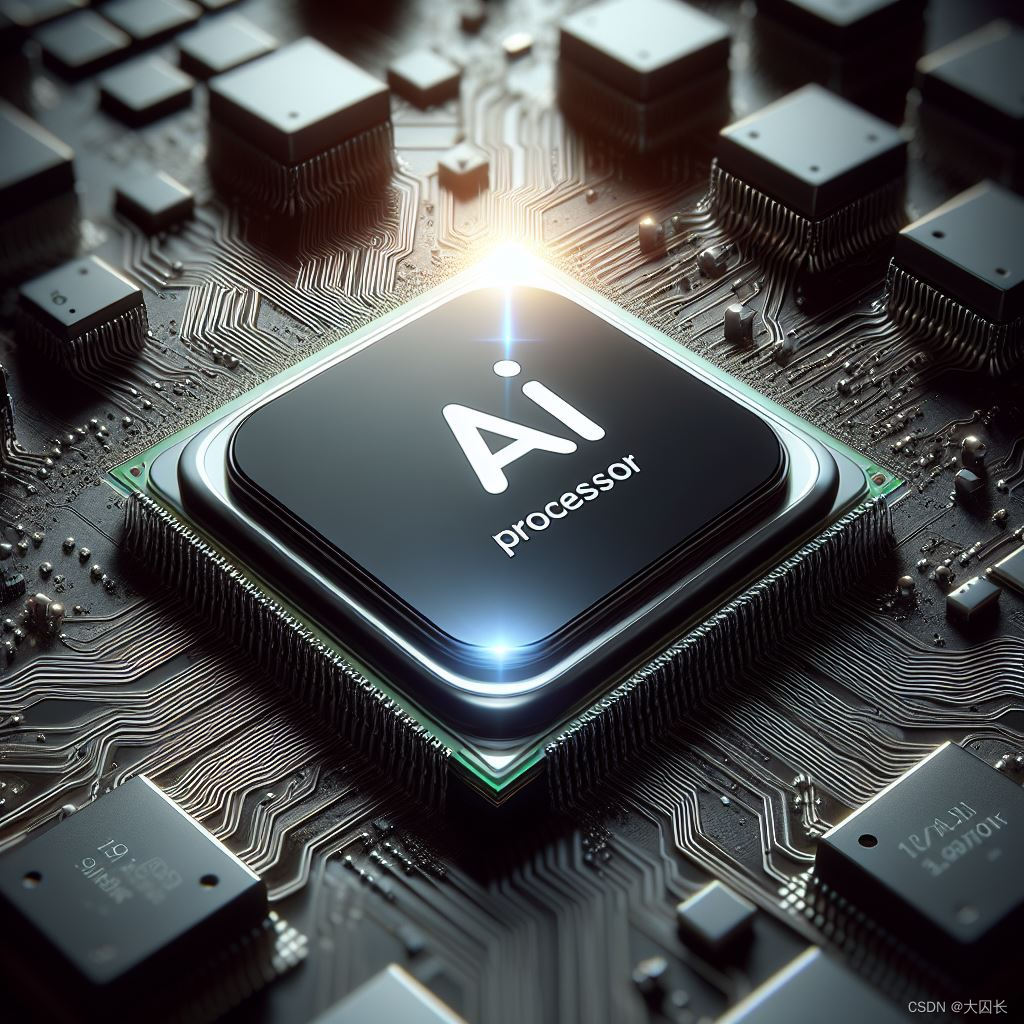Recently, TetraMem and SK hynix announced an R&D collaboration to jointly develop In-Memory Computing (IMC)-based solutions to inject new impetus into AI applications. The collaboration will combine TetraMem's expertise in analog IMC hardware and software, as well as SK hynix's deep experience in memory technology and production capabilities, with the aim of breaking the performance bottleneck of traditional computing architectures, improving AI performance and energy efficiency, and promoting the commercialization of next-generation computing technologies.
Analysis of the background and motivation of the cooperation
Industry requirements for in-memory computing
As AI models continue to scale and the demand for real-time processing increases, traditional von Neumann architectures are increasingly exposing the "storage wall" problem, where data frequently moves between storage and compute units, resulting in limited performance and energy efficiency. IMC technology greatly reduces data transmission and improves computing efficiency by completing computing operations directly within the memory unit. TetraMem's R&D capabilities in analog IMC technology make it a key technology provider to drive this change.
Strategy transmission SK hynix
As the world's leading memory manufacturer, SK hynix has been actively expanding into the AI and advanced computing markets in recent years. The cooperation will help it transform from a traditional memory chip supplier to a comprehensive solution provider and strengthen its market competitiveness. The introduction of IMC technology will bring higher added value to SK hynix's memory products and occupy the technological commanding heights of the in-memory computing market.
A high degree of complementarity of technical advantages
TetraMem specializes in developing energy-efficient, low-latency analog computing hardware for efficient tasks such as AI inference. SK hynix is a leader in memory chip manufacturing capabilities and technology integration, and is able to support the large-scale implementation of IMC technology. This collaboration will accelerate the development and commercialization of IMC's products.

Figure: TetraMem and SK hynix are driving the future of AI in-memory computing
The potential impact of technological innovation
Improve AI computing performance and energy efficiency
IMC technology can significantly improve the processing speed and reduce power consumption of AI systems, especially in the fields of edge computing, speech recognition, and real-time image processing. For example, IMC chips are expected to increase inference speed by dozens of times while reducing chip power consumption, which is an indispensable core technology for AI computing in the future.
In-memory computing drives architectural innovation
While traditional computing architectures are processor-centric, IMC has shifted to memory-centric computing to better meet the needs of future data surges. Through the partnership, the two companies are expected to seize the opportunity in this technological innovation and lead the technological paradigm shift from "storage" to "computing + storage".
Promote the development of industrial ecology
This collaboration will not only promote the application of IMC technology in the field of AI, but also may attract more industry players to join the field through its success stories, forming a virtuous circle. At the same time, the commercialization of IMC technology can enhance the position of the semiconductor industry in the high-performance computing market, especially in the rapidly emerging AI market.
Future outlook
The joint R&D of TetraMem and SK hynix not only demonstrates the confidence of both parties in the future of IMC technology, but also demonstrates their determination to revolutionize computing architecture in the AI era. Through this collaboration, it is expected that AI computing performance will be improved in the next few years, providing better solutions for smart devices, autonomous driving, 5G applications, and high-performance computing.
This cooperation model is expected to become an industry example of the combination of memory technology and computing architecture, pointing out the direction for the future development of the entire semiconductor industry.






